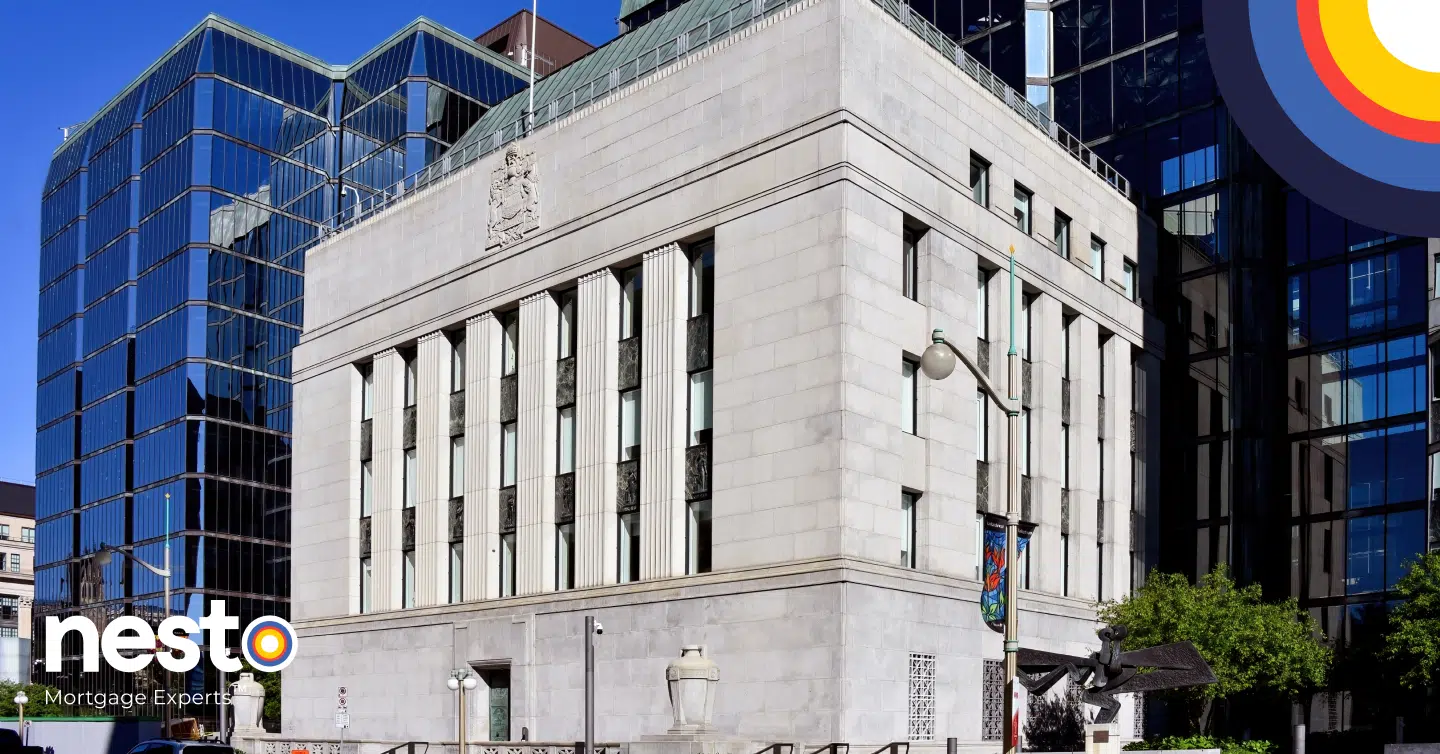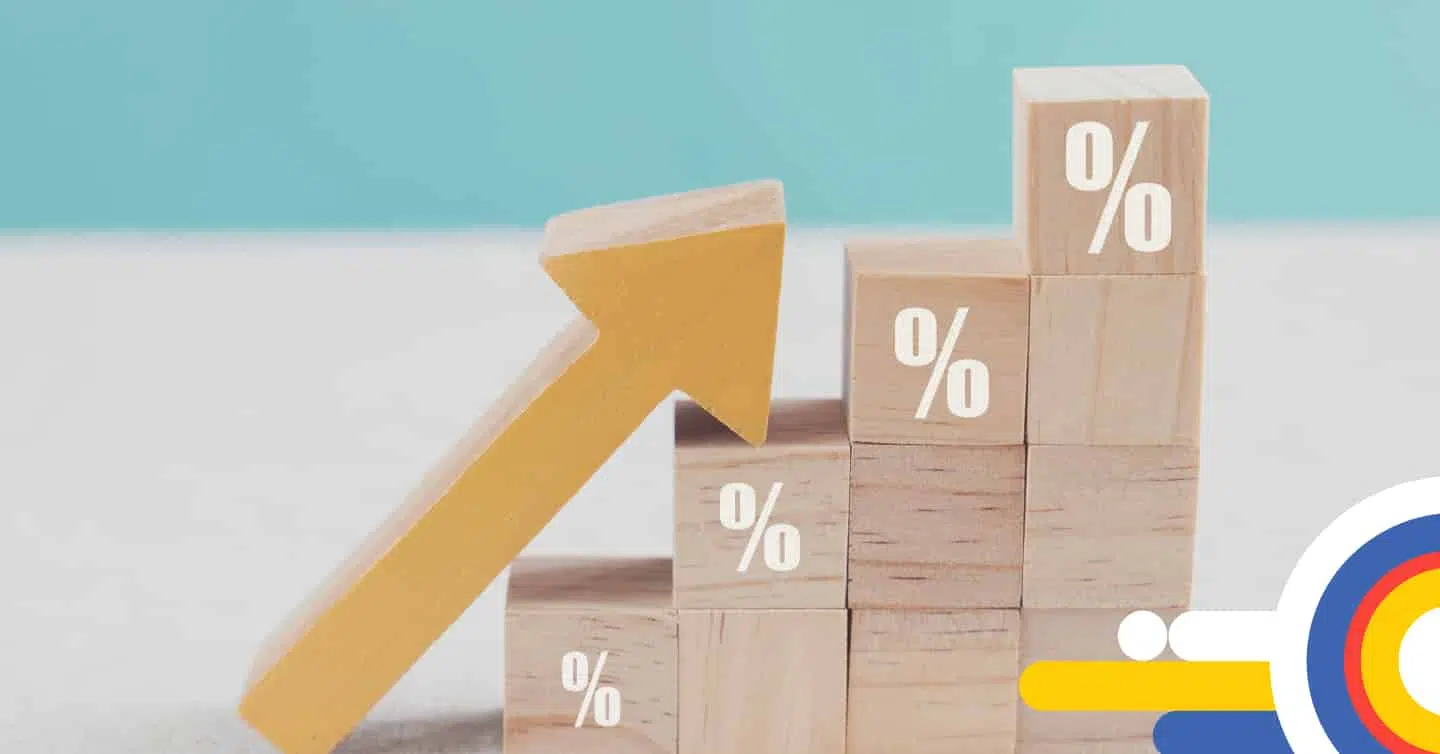Industry News #Featured articles
Industry News #Featured articles
How Could Election Promises Impact Canadian Mortgage Rates?

Table of contents
As Canada heads into another federal election, the promises on the campaign trail are poised to shape the political landscape and the economic conditions that drive key financial metrics—especially mortgage rates. With housing affordability at the heart of the conversation, the Liberals and Conservatives are pitching competing economic visions that could have real consequences for inflation, GDP, and, ultimately, borrowing costs for Canadian homeowners.
Liberal Promises: Targeted Relief and Long-Term Economic Growth
Liberal leader Prime Minister Mark Carney offers tax cuts and significant investments in housing strategies, innovation, and national resilience. His plan signals a more interventionist approach to supporting affordability and future-proofing Canada’s economy.
The Liberal Party pledges to cut the lowest federal income tax bracket from 15% to 14%, offering an estimated annual savings of approximately $825 for the average dual-income household. Framing the election as a referendum on how Canada should respond to global economic uncertainty—including sovereignty and a stable economy without the US —Carney is positioning his platform as fiscally responsible but forward-looking.
Preparing Canada for the “New Economy”
The Liberal Party’s commitments to artificial intelligence, infrastructure, and national defence form a broader strategy to future-proof Canada’s economy and reduce its exposure to external shocks—particularly those linked to unstable trade relations with US President Donald Trump. By strategically investing in AI, the Liberals aim to make Canada a global tech leader, spurring innovation, attracting investment, and creating high-skilled jobs that could raise per capita income. At the same time, infrastructure funding—focused on clean energy, transportation, and digital connectivity—is intended to boost national productivity and support more diversified trade with international partners. Increased defence spending further strengthens ties with NATO allies and like-minded democracies, enhancing Canada’s geopolitical security and economic resilience.
By investing in AI, infrastructure, and defence, the Liberal platform aims to grow the economy but could also help relieve inflationary pressures over time. Strategic funding in innovation and productivity-boosting infrastructure can lead to more efficient supply chains and lower production costs, which helps stabilize prices. Defence spending and trade diversification reduce Canada’s reliance on volatile US markets, shielding the country from economic shocks and making growth more predictable. As productivity rises and supply constraints ease, these measures could support lower inflation—giving the Bank of Canada more room to reduce interest rates. In the long run, this approach may contribute to more stable, affordable mortgage rates while fostering a stronger, more self-reliant Canadian economy.
Housing Relief from the Liberal Playbook
Alongside proposed tax cuts, the Liberal platform lays out a comprehensive plan to improve housing affordability through targeted programs and investments. At its centre is a $6 billion National Housing Affordability Fund designed to lower housing costs by partnering with provinces, municipalities, and non-profits. The plan also includes removing GST on homes valued up to $1 million as an expansion of initiatives for First-Time Home Buyers to help more Canadians purchase homes with reduced upfront costs. The Liberals pledge increased funding for the construction of rental and affordable housing, along with a new tax credit offering immediate financial relief to renters and helping ease rental market pressure. The platform also includes stricter measures against foreign buyers and real estate speculation to stabilize prices and protect residents’ housing stock. These initiatives aim to make homeownership and rental housing more accessible and equitable for Canadians at all income levels.
Can Liberal Spending Help Ease Mortgage Rates?
While increased government spending raises valid concerns about inflation, the Liberal platform advocates targeted investments that could, over time, ease inflationary pressures and create the conditions for lower interest and mortgage rates.
However, such spending could nudge inflation higher in the short term. If investments in housing, AI, infrastructure, and trade resilience successfully boost productivity and GDP, they could help control inflation over time—giving the Bank of Canada room to ease interest rates rather than hold them higher. That means mortgage holders and new buyers alike could see relief, not just from rising prices, but from rising rates.
If we invest wisely in infrastructure, innovation, and retooling our economy today, we can grow incomes and protect affordability for the next generation. Delaying action could make the fix costlier down the line. Spending now—when it can still drive meaningful growth—might be the more innovative path to shielding Canada from trade uncertainty, job losses, and prolonged inflation.
Want to save thousands of
dollars on your renewal?
Renew with nesto and you can.
Conservative Strategy: Housing Supply and Fiscal Discipline
The Conservative Party platform prioritizes housing supply and restoring fiscal discipline to tackle affordability without fuelling inflation. Key promises include unlocking underused federal lands for housing, fast-tracking development approvals, and offering incentives to cities that increase housing density and speed up permits. These supply-side measures aim to reduce pressure on home prices. At the same time, a pledge to balance the federal budget within five years reflects a broader goal to rein in government spending and eliminate inefficiencies. By tightening fiscal policy and increasing housing stock, the Conservatives hope to improve affordability and create conditions that support more stable—or even lower—mortgage rates over time.
Economic Discipline as a Path to Lower Rates
The Conservatives argue that reducing government spending and focusing on supply-driven growth can help cool inflation and potentially pave the way for lower interest rates. A balanced budget and fiscal restraint could also improve investor confidence and reduce government borrowing costs, which may ease mortgage rates for Canadians. However, if the housing supply doesn’t ramp up quickly enough, home prices could remain high soon—keeping affordability out of reach for many.
Streamlining Growth vs. Climate Risks
The Conservatives also plan to cut red tape on infrastructure and energy projects to drive economic growth, making building housing and expanding energy exports easier. While faster permitting could help address supply constraints and boost productivity, critics warn that weaker environmental oversight—particularly for oil and gas—could lead to long-term risks. Higher emissions and climate-related damage are already increasing insurance premiums and threatening public infrastructure. If left unaddressed, these risks could contribute to inflation through rising costs and supply disruptions, complicating efforts by the Bank of Canada to lower interest rates. Persistently high inflation tied to climate impact could elevate mortgage rates and reduce long-term affordability.
Can Conservative Spending Cuts Help Ease Mortgage Rates?
The Conservative focus on cutting spending and boosting housing supply aims to lower inflation and create conditions for reduced mortgage rates. If delivered effectively, unlocking federal land, fast-tracking permits, and balancing the budget could stabilize markets and ease borrowing costs.
However, cost-cutting alone may only offer short-term savings. Delaying critical investments in infrastructure and climate resilience means higher costs later. In reality, we either spend now or more later—because essential upgrades can’t be avoided. Canada must balance fiscal discipline and investment in the country’s future to keep mortgage rates low and housing affordability within reach.
Beyond the Ballot: How Mortgage Rates Are Really Decided
The Bank of Canada ultimately sets prime rates based on economic signals. If inflation rises due to spending, expect rates to stay high. If supply-driven growth takes hold and inflation eases, rate cuts may follow.
The Bank of Canada plays a central role in determining mortgage rates, primarily through its policy interest rate, which responds to key economic indicators like inflation and GDP growth. While election promises can influence fiscal policy and economic conditions, the Bank’s core mandate is maintaining price stability by keeping inflation within its target range. If government spending ramps up—mainly through large-scale housing and affordability programs as proposed by the Liberals—it could lead to higher inflation. In that case, the Bank may be forced to hold steady interest rates or raise them to cool the economy, pushing mortgage rates higher. On the other hand, if inflation eases due to reduced government spending and increased housing supply, the Bank could have more flexibility in lowering interest rates.
Several economic signals will be key to watch for homeowners and buyers trying to navigate these shifting dynamics. These include monthly inflation data and trends in consumer prices, GDP growth driven by infrastructure and innovation investments, federal deficit levels and how they influence bond yields, and forward guidance from the Bank of Canada itself—especially in response to external pressures like global trade instability or monetary shifts in the US. These indicators and mortgage rate forecasts will explain where mortgage rates are headed, regardless of which party forms the next government.
We’re curious…
What It All Means for Your Homeownership and Mortgage Strategy
Election promises don’t directly set mortgage rates, but they shape the fiscal landscape in ways that ripple through the economy. Whether it’s tax relief, housing investment, or balanced budgets, each party’s agenda offers a different path forward—and each carries implications for the future cost of borrowing. Voters must weigh which vision aligns with their hopes for the country and their mortgage payments.
If you’re shopping for a home purchase or coming up on a mortgage renewal, now’s a perfect time to consider your options. Locking in a rate—or securing a discount for your renewal—could help you avoid any post-election surprises tied to policy shifts or interest rate hikes. Contact nesto mortgage experts today to find your best mortgage solution and protect your financial future—before policy changes hit the housing market.
Why Choose nesto
At nesto, our commission-free mortgage experts, certified in multiple provinces, provide exceptional advice and service that exceeds industry standards. Our mortgage experts are non-commissioned salaried employees who provide impartial guidance on mortgage options tailored to your needs and are evaluated based on client satisfaction and advice quality. nesto aims to transform the mortgage industry by providing honest advice and competitive rates using a 100% fully digital, transparent, seamless process.
nesto is on a mission to offer a positive, empowering and transparent property financing experience – simplified from start to finish.
Contact our licensed and knowledgeable mortgage experts to find your best mortgage rate in Canada.
Ready to get started?
In just a few clicks, you can see our current rates. Then apply for your mortgage online in minutes!















